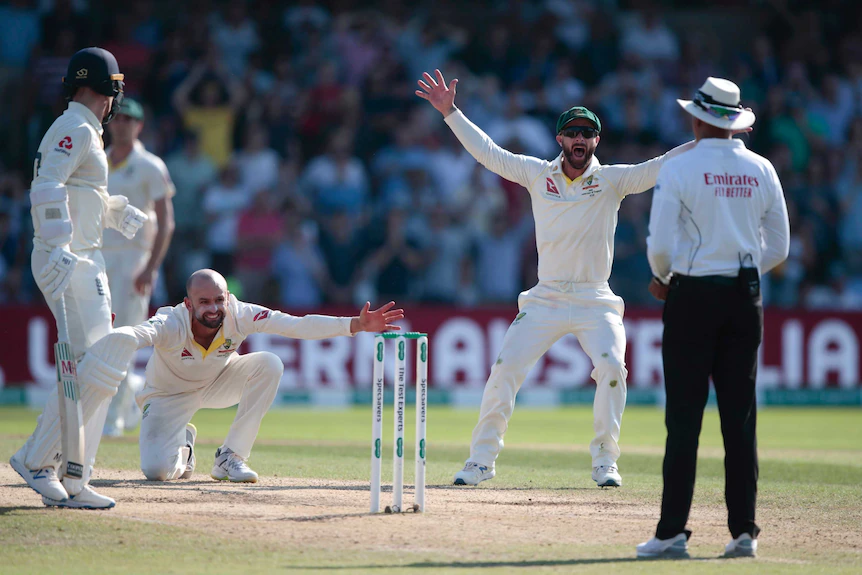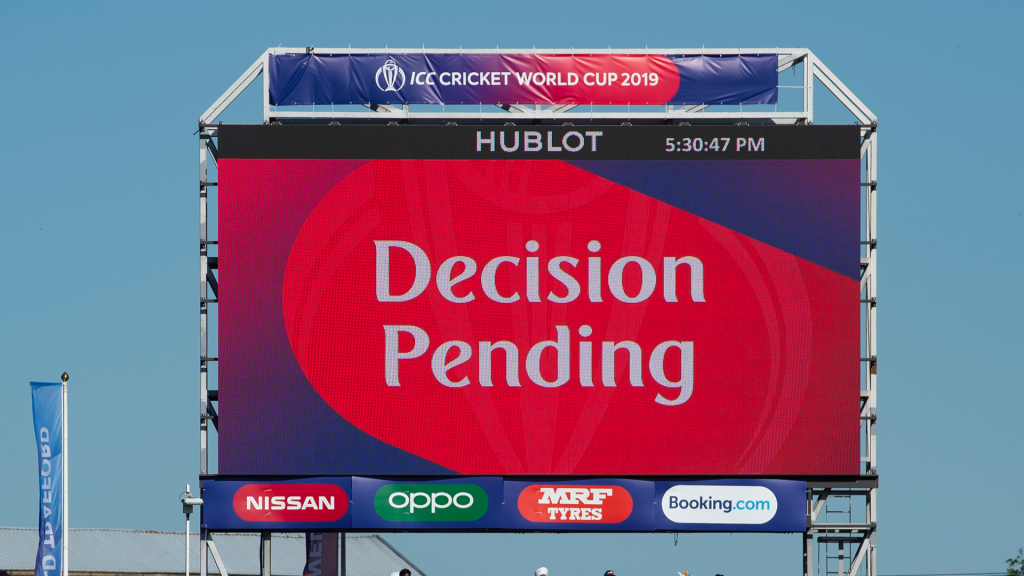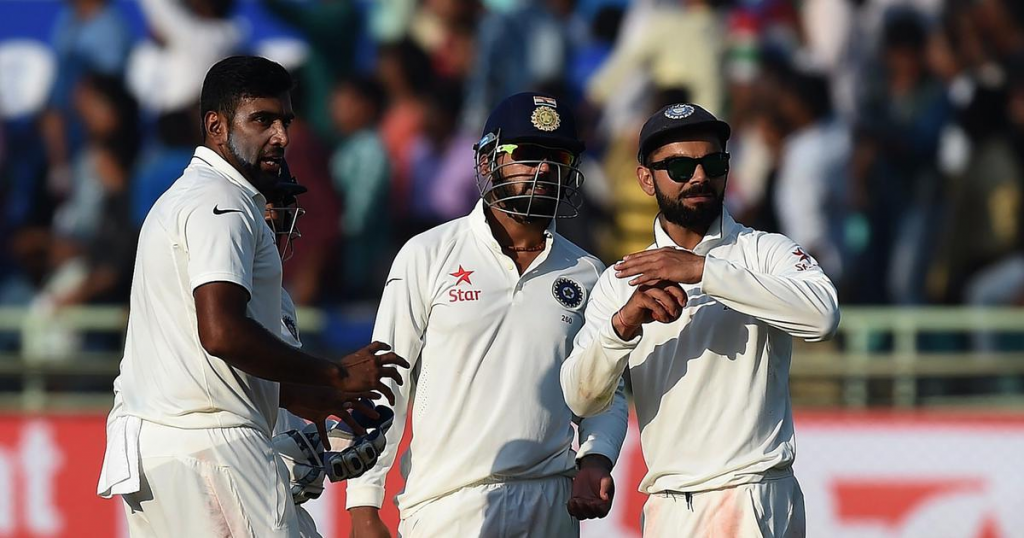Have you ever wondered about a single plot which can push the entire Indian crowd into a roaring rage, collective team spirit, and have a common word in ‘tricolor’ on every tongue? It’s 22 yards! The significance of 22 yards was well placed in the retirement speech by the God of Cricket, Sachin Tendulkar! His long trail of emotions, stringed to the area of 22 yards, was well received by the Indian cricket fans and it was the most heartbreaking farewell ever in history!
The bright green lawn with neat white lines drawn in circles, measured with high degrees of perfection, and big rounds of applause and crazy cheers from the spectators is a steady sign of a big game, which is all about the right swing and right throw for a far-off game fanatic!

But are the rules quite as brief as it seems? It’s a no-brainer fact that cricket is not a single format and can be played in multiple formats which have a strict set of rules, regulations and “boundaries“. The man with a straight-looking face with fingers up, showing signs and symbols for every course of action, be it a leg across the line or before the wicket, a raised finger can send jitters down the spine for all among the crowd! This is, at times, not quite an easy decision to make. And as soon as the “man in the hat” sends a decision for a review by the third umpire, we can literally feel our hearts pounding out! Haven’t you mumbled over the spontaneous decision taken by the umpire just by believing his weary naked eyes, and arriving at a decision at a glance, paying no heed to the minute details that can define life or death to the millions in the spectator oval?

Today, advanced technology can turn the tables for you and make things clear, straightforward and quick as ever. Introducing a gesture-controlled decision-making system that can make umpiring an easy cakewalk! Gesture control is the ability to recognize and interpret movements of the human body in order to interact with and control a computer system without direct physical contact.
How does it work?
A gesture-controlled system across the perimeter of the yard will assess the 11 players across each team and evaluate the actions and movements of each person on the perimeter. Based on a set of rules in the learning modules, a calculated decision will be taken for each movement of the source with respect to the environment. The inertial measurement unit (IMU) sensors, which can capture acceleration and rotation information for hand joints, are used in this research to show a gesture identification approach. Frequency ConvNet and TemporalNet are used in the proposed gesture identification approach to extract the representative features from a sliding window of IMU signals and recognize distinct hand motion types. The Cricket official referee signals (ORSs), which consist of 65 different gesture types including both large-motion hand movement and delicate-motion hand movement, are used as the main recognition challenge to assess the suggested technique. The evaluation’s findings show that the suggested recognition model can perform convincingly, outperforming prior work.

The successful performance of the suggested recognition model also motivates us to create a decision-making training (DMT) system for raising basketball referees. The findings of the 20 participants who were recruited for subjective evaluations show that the training system based on the suggested gesture recognition approach can effectively improve users’ decision-making abilities.
To all who are attached to the true blue game and don’t want to miss the vibes of their most loved game, you won’t be let down! This is not a complete replacement system for the umpire in charge. This is a system that can be integrated into the game without harming any of its conventional or ritualistic moves or setting.



